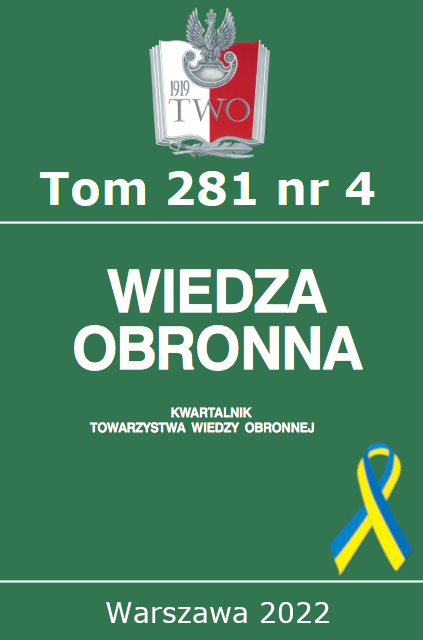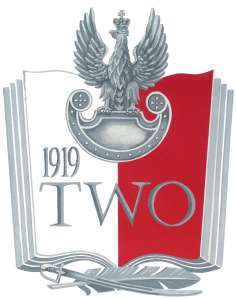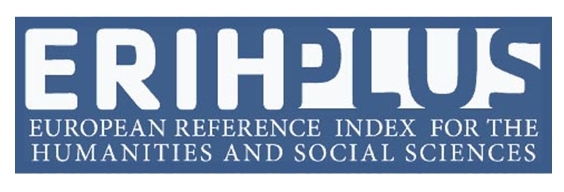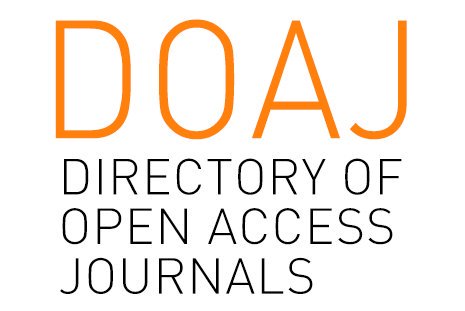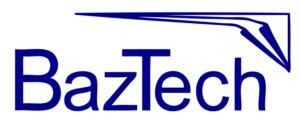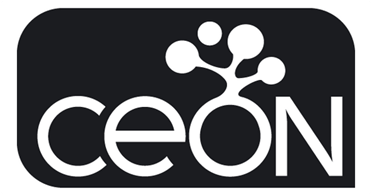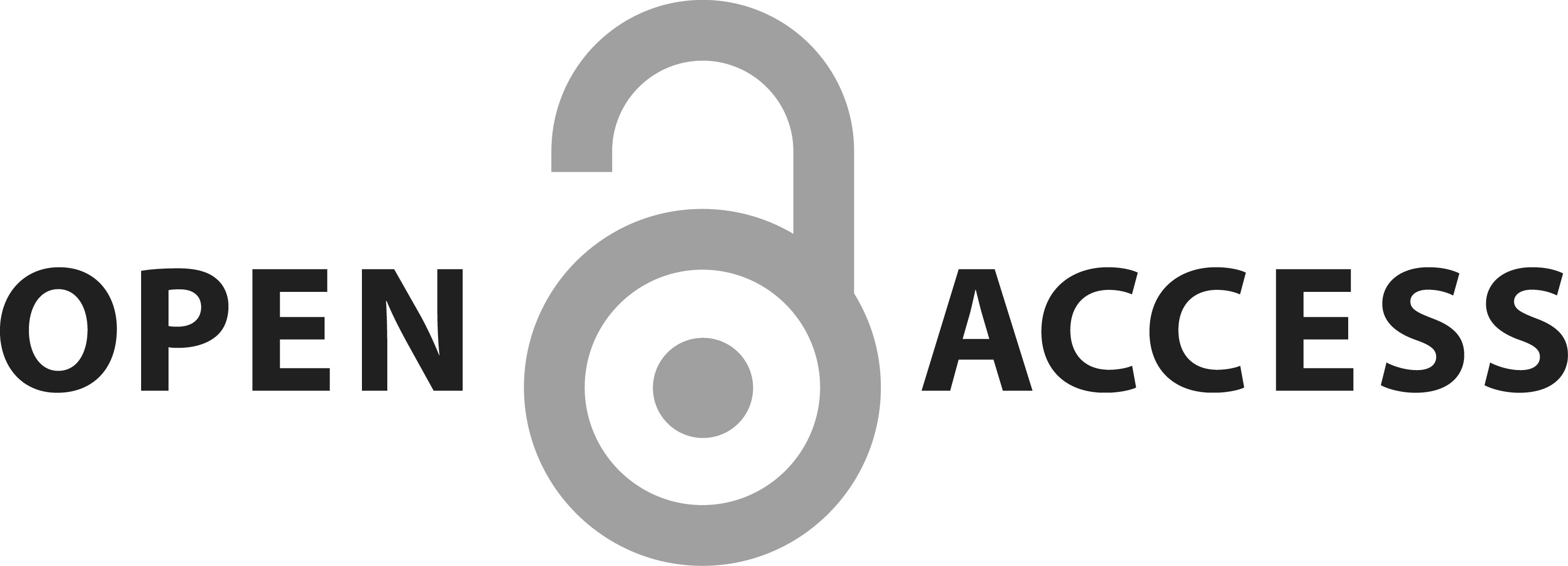INCLUSIVE NETWORK APPROACH TO CONDUCT MILITARY FORESIGHT ANALYSIS: THE CASE STUDY OF THE NUP 2X35 CAMPAIGN
Abstrakt
The aim of the paper is to explore the case of the NUP 2X35 strategic analysis campaign conducted by the Polish Armed Forces (PAF) and to identify lessons and best practices from employing the inclusive network approach to the conduct of strategic foresight analysis. The research process is centred around the following research questions: (1) What are the assumptions of the NUP 2X35 campaign of strategic analysis? (2) How was the strategic foresight analysis conducted? (3) What are the lessons and best practices from the campaign? (4) How can the case illustrate the employment of the concepts of a learning organization, open innovation and absorptive capacity in military organizations? The single case study methodology is employed as a framework for analysis. Data for analysis is collected from personal, participatory observations conducted by the authors, analysis of official documents related to NUP 2X35 released to the public, and opinions about the project expressed by key leaders of the Polish Armed Forces. The NUP 2X35 strategic foresight analysis is an interesting example of employing an inclusive, network approach to bring valuable external (civilian) knowledge into military analysis. The case shows how the armed forces recognize external knowledge, establish inclusive communities of interest grouping together military officers and civilian researchers to absorb this knowledge, how knowledge is assimilated and transformed, and finally exploited for the benefit of the Polish Armed Forces, the national defence sector and NATO. Moreover, the military pays back by increasing the awareness and understanding of defence and national security issues among the society.
Bibliografia
Andrzejczak, R. T. (2020) ‘Uderzymy z całą mocą’, Polska Zbrojna, (1), pp. 32–38.
Andrzejczak, R. T. (2021) ‘Cyfrowa strategia na czas kryzysu’, MIT Sloan Management Review Polska, (Winter), pp. 122–129.
Chesbrough, H. W. (2003) ‘The era of open innovation’, MIT Sloan Management Review, 44(3), pp. 35–41.
Chesbrough, H. W. and Appleyard, M. M. (2007) ‘Open innovation and strategy’, California Management Review, 50(1), pp. 57–76. doi: 10.2307/41166416.
Cohen, W. M. and Levinthal, D. A. (1990) ‘Absorptive capacity: A new perspective on learning and innovation’, Administrative Science Querterly, 35(1), pp. 128–152. doi: 10.2307/2393553.
DiBella, A. J. (2010) ‘Can the U.S. Army become a learning organization?’, Joint Force Quarterly, (56), pp. 117–122.
Dyson, T. (2019) ‘The military as a learning organisation: Establishing the fundamentals of best-practice in lessons-learned’, Defence Studies, 19(2), pp. 107–129. doi: 10.1080/14702436.2019.1573637.
Freeman, T. E. and Calton, M. A. (2020) ‘Building military learning organizations: Many birds, one stone’, Learning Organization. doi: 10.1108/TLO-12-2019-0181.
Garvin, D. A. (1993) ‘Building a learning organization’, Harvard Business Review, 71(4), pp. 78–91.
Garvin, D. A., Edmondson, A. C. and Gino, F. (2008) ‘Is yours a learning organization?’, Harvard Business Review, 86(3), pp. 109–116.
Girard, J. (2004) ‘Defence knowledge management: A passing fad’, Canadian Military Journal, (Summer), pp. 17–23.
Huizingh, E. K. R. E. (2011) ‘Open innovation: State of the art and future perspectives’, Technovation, 31(1), pp. 2–9. doi: 10.1016/j.technovation.2010.10.002.
Jansen, J. J. P., Van Den Bosch, F. A. J. and Volberda, H. W. (2005) ‘Managing potential and realized absorptive capacity: How do organizational antecedents matter?’, Academy of Management Journal, 48(6), pp. 999–1015. doi: 10.5465/AMJ.2005.19573106.
Kubisiak, A. (2019) Analizy środowiska bezpieczeństwa z perspektywy NATO. Bydgoszcz: Centrum Doktryn i Szkolenia Sił Zbrojnych.
Lane, P. J., Koka, B. R. and Pathak, S. (2006) ‘The reification of absorptive capacity: A critical review and rejuvenation of the construct’, Academy of Management Review, 31(4), pp. 833–863. doi: 10.5465/AMR.2006.22527456.
Letens, G. et al. (2012) ‘Characteristics of learning organizations within the military’, in Annual International Conference of the American Society for Engineering Management 2012, ASEM 2012 - Agile Management: Embracing Change and Uncertainty in Engineering Management, pp. 436–445.
Lis, A. (2014) ‘Knowledge creation and conversion in military organizations: How the SECI model is applied within armed forces’, Journnal of Entrepreneurship, Management and Innovation, 10(1), pp. 57–78. doi: 10.7341/20141012.
Lis, A. (2018) ‘Profiling and mapping the contexts of the case study research in business, management and accounting’, International Journal of Contemporary Management, 17(1), pp. 179–196. doi: doi:10.4467/24498939IJCM.18.010.8389.
Mokrzycki, J. and Lis, A. (2020) ‘Kampania NUP 2X35 narzędziem transformacji Sił Zbrojnych RP w organizację wiedzy’, Przegląd Sił Zbrojnych, (6), pp. 10–15.
Mokrzycki, J., Reczkowski, R. and Cieśla, S. (eds) (2020) Security Environment Out To 2035 - NUP 2X35: The Polish Perspective. Bydgoszcz: Doctrine and Training Centre of the Polish Armed Forces.
Piotrowski, T. (2020) ‘Tworzenie zrębów przyszłego kształtu sił zbrojnych’, Przegląd Sił Zbrojnych, (6), pp. 8–9.
Senge, P. (1990) The Fifth Discipline: The Art and Practice of the Learning Organization. New York: Doubleday Currency.
Strategic Foresight Analysis (2017). Norfolk: Allied Command Transformation.
Strumińska-Kutra, M. and Koładkiewicz, I. (2012) ‘Studium przypadku’, in Jemielniak, D. (ed.) Badania jakościowe: Metody i narzędzia (Vol. 2). Warszawa: PWN, pp. 1–40.
Todorova, G. and Durisin, B. (2007) ‘Absorptive capacity: Valuing a reconceptualization’, Academy of Management Review, 32(3), pp. 774–786. doi: 10.5465/AMR.2007.25275513.
Wenger, E. (1996) ‘Communities of practice: The social fabric of a learning organization’, The Healthcare Forum Journal, 39(4), pp. 20–26.
Wenger, E. (2000) ‘Communities of practice and social learning systems’, Organization, 7(2), pp. 225–246. doi: 10.1177/135050840072002.
Wheatley, M. J. (1994) ‘Can the U.S. Army become a learning organization?’, The Journal of Quality and Participation, 17(2), pp. 50–56.
Yin, R. K. (2010) ‘Designing case studies’, in Frenz, M., Nielsen, K., and Walters, G. (eds) Research Methods in Management. London: Sage, pp. 185–226.
Zahra, S. A. and George, G. (2002) ‘Absorptive capacity: A review, reconceptualization, and extension’, Academy of Management Review, 27(2), pp. 185–203. doi: 10.5465/AMR.2002.6587995.
Copyright (c) 2022 Andrzej Lis

Utwór dostępny jest na licencji Creative Commons Uznanie autorstwa – Na tych samych warunkach 4.0 Miedzynarodowe.
